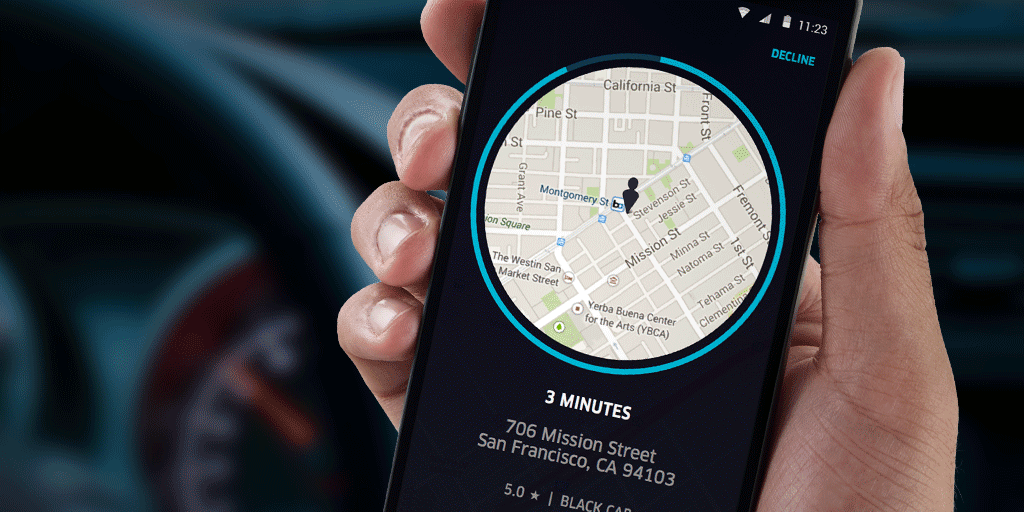Despite all the talk of the “Uberization” of trucking and tons of venture capital poured into startups that promise cheap same-day delivery, companies like FedEx and UPS aren’t likely going anywhere soon — but Amazon has been and will continue to be disruptive to the logistics business.
Metzler’s definition of the sharing economy is where on-demand companies aggregate demand online but fulfill that demand through offline services. The classic example are on-demand ride-sharing services such as Uber and Lyft, where you use an app to get a ride-share instead of a traditional taxi service. Today, we are seeing the “Uber of everything,” he said, from companies such as Amazon, Google andless-well-known operations such as Deliv, TaskRabbit, and Shyp.
Uber and Amazon both tapped into “latent demand” — a demand for something that consumers sort of didn’t even know they had until someone pointed out it was possible. “I think Amazon Prime will go down in history as one of the most brilliant combinations of marketing and logistics ever,” Metzler said. “They created the need for speed that leaves others trying to catch up.”
The e-commerce giant Amazon, with its Amazon Prime subscription service that includes free two-day shipping, has helped make the notion of free, fast shipping “table stakes” Metzler said. He questioned how much consumers really want same-day or even one-hour delivery from their e-commerce purchases — or if they want it enough to pay enough for delivery companies to be able to turn a profit doing it.
Metzler cited a “Future of Retail” study that found free shipping was two times more important to consumers than same-day shipping — 88% vs. 49%.
Looking ahead
When the dust settles what are the likely outcome? Metzler outlined five distinct possibilities.
- The Amazon effect. Buyers come to expect 1-2 hour service via a high-level Amazon Prime subscription level and can’t live without it.
- Reality sets in. Delivery times become more reasonable and largely free, consistent with consumer demands and expectation.
- Go big and go home. Large format online e commerce is beginning to grow at a runaway rate — things like gun safes, large appliances, pieces of furniture. Right now consumers essentially have “white glove” service where such items are delivered and installed, or what Metzler dubbed “brown glove,” with LTLs delivering items. He believes we will see more cost-effective solutions in between these two.
- Drones and driverless trucks. This is not a question of if, but when and how, he said. It’s easy to get your mind around drones for super urgent items like organ transplants. It’s harder to imagine how a fleet of Amazon drones will work in the real world, but “I think there will be a role for [drones.]” And the same with driverless trucks.
Deborah Lockridge, Trucking Info, June 2016


Recent Comments